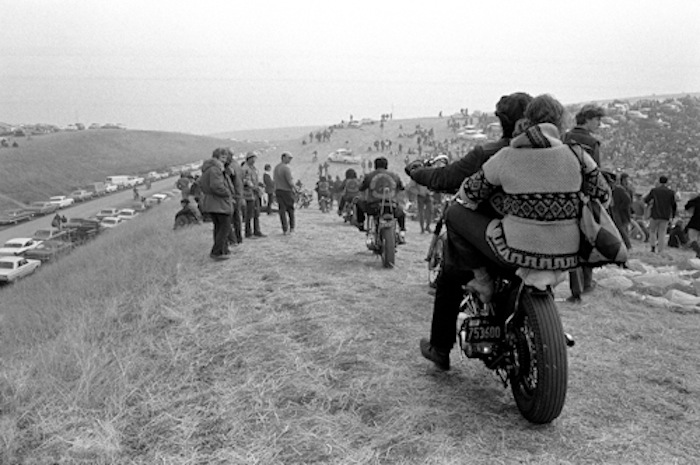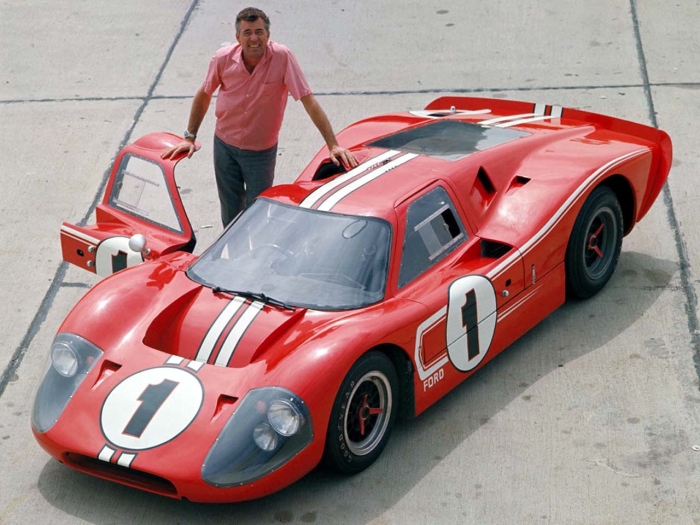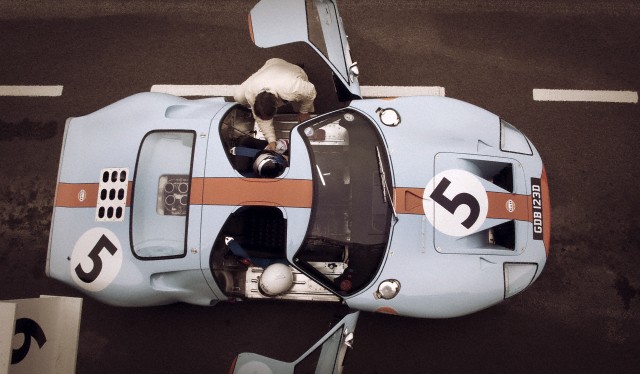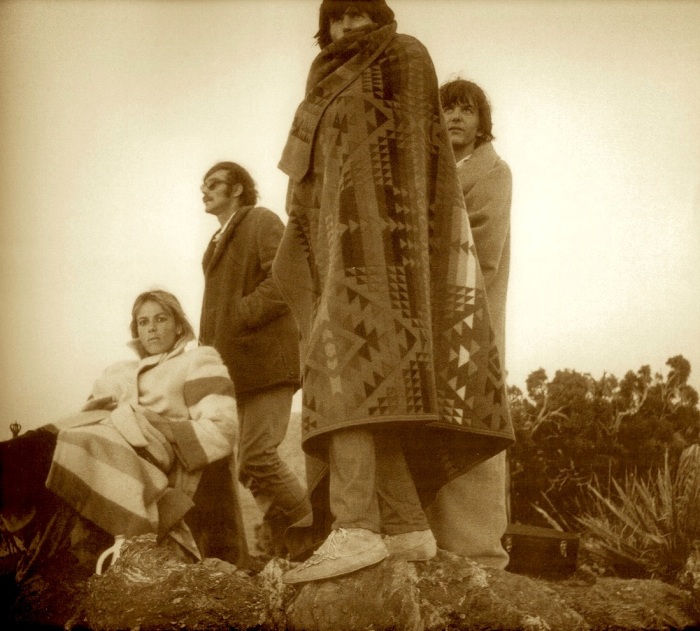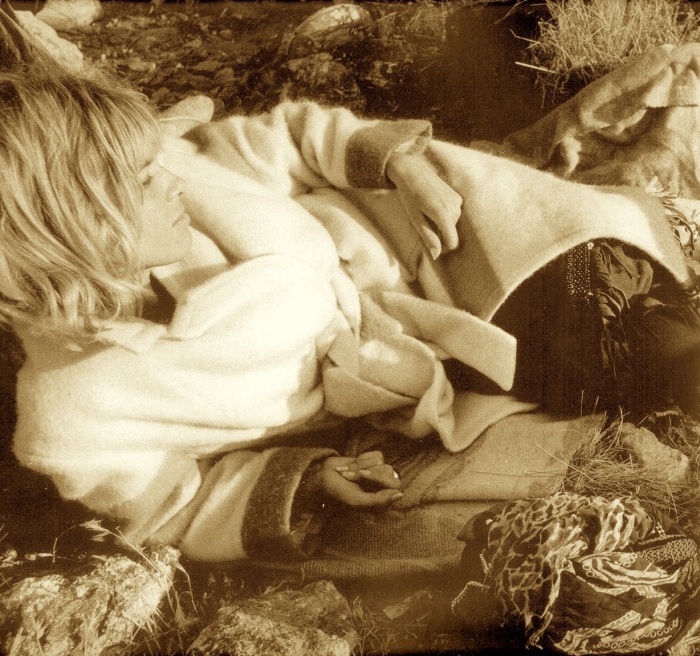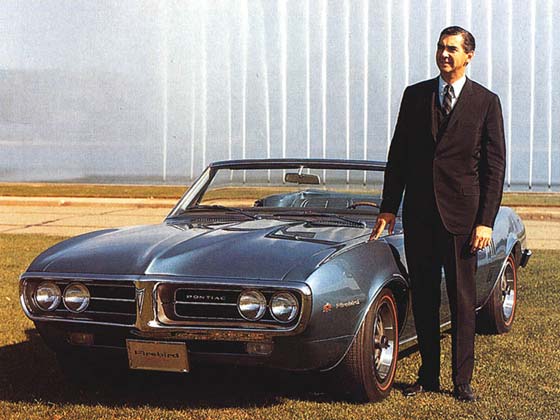After shooting the ‘Morrison Hotel’ images for said album, Jim Morrison’s need for drink drove the band down to L.A.’s skid row, where The Doors happened upon a little dive bar called ‘Hard Rock Cafe’. The boys were all piled in John Densmore’s VW van with photographer Henry Diltz, when they collectively spotted the joint with the now famous name on East 5th St. and all said, “Oh, we gotta go in there!”
Side one of ‘Morrison Hotel’ would end up being named ‘Hard Rock Cafe’, and famously pictured on the back of the album. The shots taken that day back in December of ’69 are some of my favorite Doors’ pics. Years later photographer Henry Diltz recalled–
“I guess though sometime the next year after the album came out with that picture on the back, they [The Doors] got a call from England and this guy says, ‘Hello. Would you mind if we use that name on the back of your album? We’re starting a cafe over here in London and we would like to use that name.’ And they said, ‘No, go ahead,’ and that was the beginning of it. Now every time I go into a Hard Rock Cafe, whatever city I’m in, I always feel like I should get a free hamburger.”
–
December 1969, Los Angeles, CA — The Doors barside at the original Hard Rock Cafe on East 5th Street in Los Angeles’ Skid Row. Sadly, it’s no longer there. — Image by © Henry Diltz/Corbis
–
December 1969, Los Angeles, CA — The Doors outside the Hard Rock Cafe in downtown Los Angeles — Image by © Henry Diltz/Corbis
–


